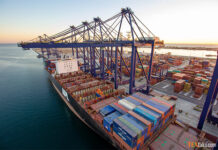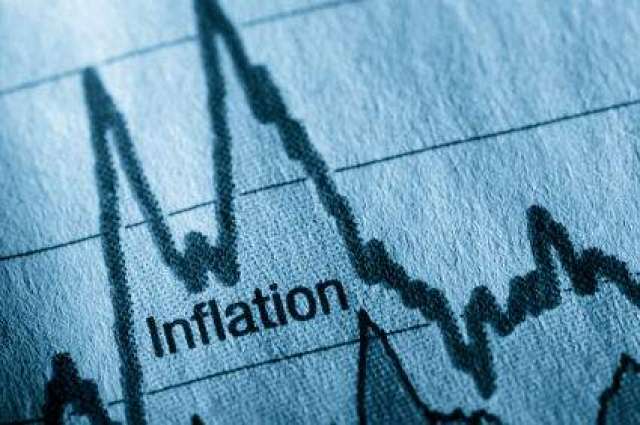LAHORE: Inflation has risen to 12.7 per cent year on year due to an increase in prices of food items according to the Pakistan Bureau of Statistics (PBS), which is the highest in nine years, it was reported on Wednesday.
According to PBS revised calculations, where the base year has been set as 2015-16 rather than 2007-08, Consumer Price Index (CPI) has jumped up by 1.3 per cent on a month on month basis.
Meanwhile, the Finance Ministry has claimed that the inflation levels would come down from next month, however, have failed to explain how it plans to achieve that.
This change in the base year will allow all prices to be compared against the prices in FY16 in order for the CPI to be calculated. Hence, based on the new base year, inflation in November rose to 12.7 per cent from 11 per cent in the previous month.
According to the data released by PBS, the main driver of inflation has been the hike in food prices along. Meanwhile, it has also been observed that food prices in rural area are generally higher than those in the urban areas. While food inflation swelled by 16.6 per cent in November year on year and 2.4 per cent month on month, rural areas witnessed 19.3 per cent hike YoY and 3.4 per cent MoM.
In urban areas, tomatoes saw a hike of 149.41 per cent, pulse mash (11.72 per cent), pulse moong (7.79 per cent), wheat (6.86 per cent), potatoes (6.72 per cent), wheat flour (4.74 per cent), beans (4.53 per cent), onions (3.82 per cent), dried fruits (3.22 per cent), pulse masoor (2.66 per cent), mustard oil (2.49 per cent), pulse gram (1.94 per cent), milk fresh (1.42 per cent), cooking oil (1.2 per cent), fish (1.17 per cent), gram whole (1.04 per cent) and vegetable ghee (1 per cent). Some items saw a decline in prices as well in urban areas including fresh vegetables (11.52 per cent), chicken (2.28 per cent), sugar (1.18 per cent) and fresh fruits (1.03 per cent).
In rural areas, the items that witnessed an increase in their prices are: tomatoes (189.67 per cent), onions (13.83 per cent), wheat (10.85 per cent), pulse moong (8.55 per cent), beans (6.24 per cent), wheat flour (6.15 per cent), fresh fruits (4.68 per cent), potatoes (4.43 per cent), pulse masoor (3.89 per cent), dried fruits (3.05 per cent), cotton cloth (2.58 per cent), gram whole (1.48 per cent), eggs (1.31 per cent), fish (1.3 per cent), readymade food (1.19 per cent), rice (1.02 per cent) and pulse gram (1.01 per cent).
Non-food inflation within Urban areas rose by 9.6 per cent, while rural areas saw a rise of 9 per cent. This rise was mainly driven by the increase in oil prices over the past few months since the government has passed on this increase in oil prices onto the consumers.
Non-food prices also remained under pressure on account of education index, which increased by 6.12pc. Clothing and footwear went up by 9.37pc, housing, water, electricity, gas and other fuel by 8.81pc, furnishing and household equipment by 10.84pc, health by 11.39pc, transport by 13.95 pc and recreation and culture by 6.8pc.
However, the International Monetary Fund (IMF) has estimated that Pakistan’s inflation may escalate up to 13 per cent, but the government has estimates that lay in between 11 per cent and 13 per cent for the current fiscal year.
























